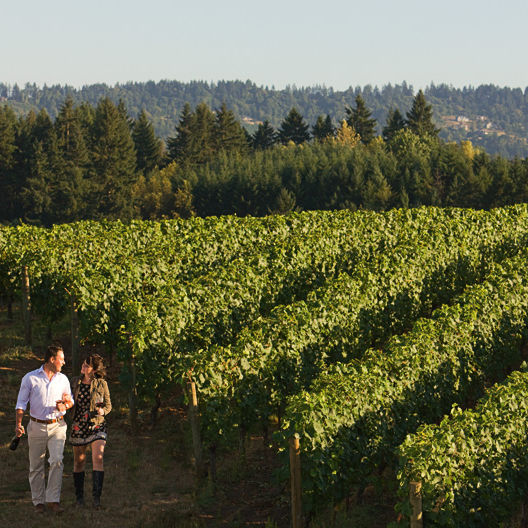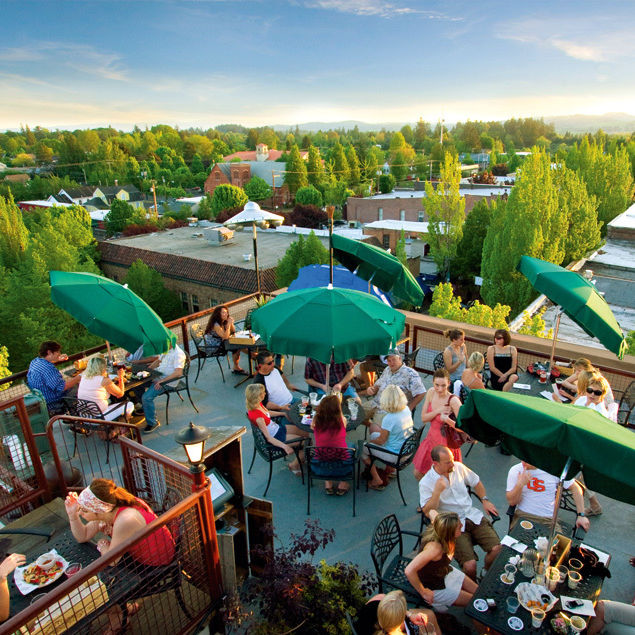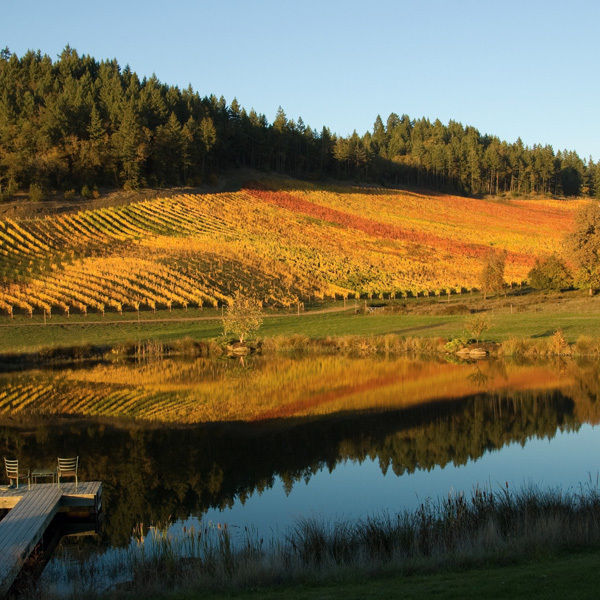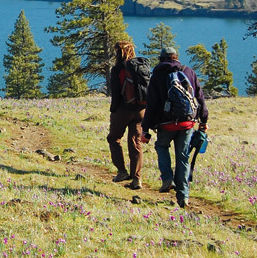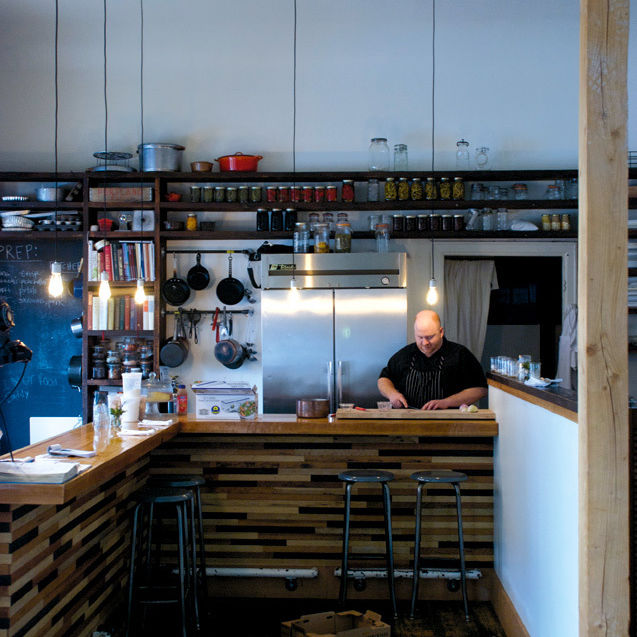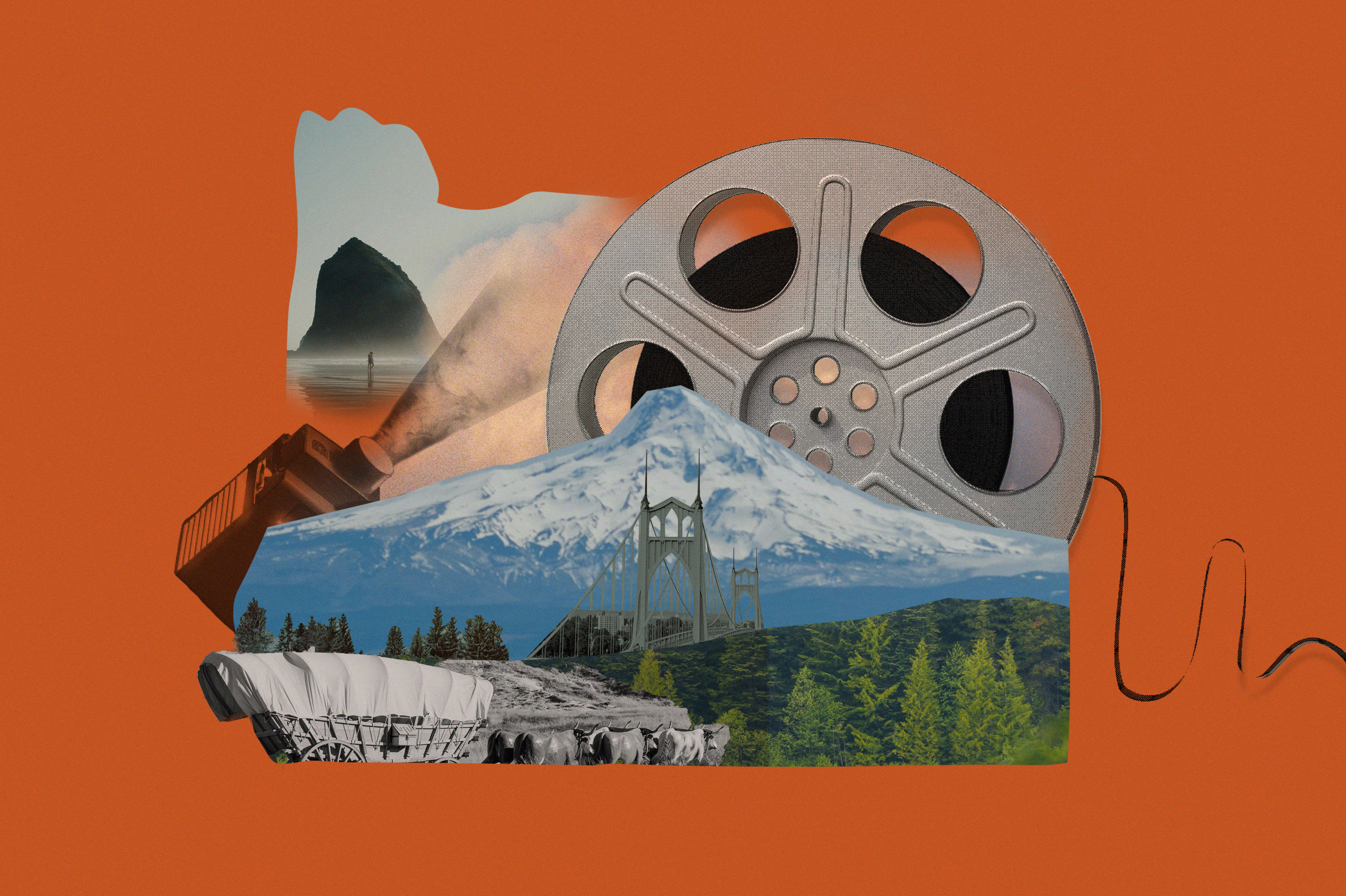Ask a Guru

Let’s Get Closure
In the early 2000s, New Zealand winemakers put a stop to the musty-tasting problem of cork taint by sealing their bottles with screw tops. In the decade since, the twist-off has become more common stateside, too. But disagreement about alternative closures still abounds.
Convinced that red wines age just as well with screw caps, Terry Brandborg at Brandborg Vineyard & Winery in the Umpqua Valley is phasing out corks entirely. Stewart Boedecker (above) at Boedecker Cellars has been using screw caps since his first vintage and says the tannin and acid structure of his ’03 pinots are softening just as they would under a cork finish. The only difference is that the fruit is more youthful and vibrant (perhaps because less oxygen can enter the bottle with a screw cap.)
However, Steve Lutz at Lenné says that cork quality has improved in recent years and as a result, the number of “corked” bottles is nearly neglible—at least in his experience. “I’ve only had nine corked wines in six years,” says Lutz, who uses one of the most expensive corks on the market. Like many wine drinkers, Lutz is also a firm believer in the tradition and ceremony of opening a bottle of wine the old-fashioned way—with a corkscrew.
Deep Roots

In 2003, John Paul Cameron from Cameron and Russ Raney from Evesham Wood formed a group of winemakers committed to growing grapes by dry-farming—without any irrigation. Called the Deep Roots Coalition (DRC), it now contains a dozen members, including Brick House, Beaux Freres, J. Christopher, and, recently, Evening Lands.
Is dry farming common in Europe?
Absolutely. If you put in irrigation, you can lose your appellation [the official designation of locale]. Once you’ve done away with one of the most important elements of terroir—precipitation—the wine has no place of origin. Even a place like the Douro (where they get 10 inches of rain a year) is dry-farmed.
How does dry farming change the fruit—and the taste of the wine?
Irrigated fruit tends to have more sugar in them—which is why I think alcohol levels have risen over the past 30 years. It’s [also] economics. If you irrigate, you can get your vines in full production by four years.
Why did you start the DRC?
We want to influence people. Grapevines have evolved, with man’s help, to send their roots way, way down into the soil. They don’t need to be watered! All the original vineyards of the Willamette Valley—Eyrie, Erath, Ponzi—were dry-farmed. It wasn’t until sometime in the early ’90s that irrigation was introduced here.
The New Terroir

Alexandrine Roy is a fourth-generation winemaker at Domaine Marc Roy, located in France’s Burgundy region. She joined the family winery full-time in 2003. Three years ago, she became a consulting winemaker at Phelps Creek in Hood River, where she puts her mark on seven to nine barrels each fall.
What drew you to making wine in the Columbia River Gorge?
I love the elevation and the fact that the Columbia River is close, bringing some freshness and moisture.
What is the difference between Burgundian vs. Oregon pinot noir?
In general Burgundy pinot is more classic—that is to say less explosive at the front. Why? Our constant rainfall year-round in Burgundy ripens the grapes more easily. Also, French winemakers tend to emphasize vinegrowing instead of winemaking. At Phelps Creek, I am trying to produce Oregon wine by taking this newer vine fruit and employing classic techniques such as using native yeasts.
How does the terroir here differ from your estate in Gevrey-Chambertin?
Burgundian soils are very old, poor clay-limestone with a lot of rocks and gentle slopes, whereas Oregonian soils are young, fertile, and mostly volcanic.
What is the most important thing about wine?
Making wine is a continuation of work in the vineyards. Keep it as natural as possible. Terroir says it all.

Taste of the Wild
Ever since Dayton’s Joel Palmer House opened in 1997, it has lured gastronomes from far and wide for its wild mushroom–themed fare, from Heidi’s three-mushroom tart to a tantalizing candy cap mushroom crème brûlée. We asked chef Christopher Czarnecki for the lowdown on Oregon’s wild mushroom bounty.
Where do you find your mushrooms?
Chanterelles are at the coast—as are coral, morels, and lobster mushrooms—all within a 20-mile range of Lincoln City. We get porcini up in the mountains, outside of Sisters. Morels are temperamental—they don’t come back in the same spots year after year.
What’s your favorite ’shroom?
Matsutake. They’ve got a unique flavor and aroma. The texture is like abalone: really firm. But they’re a pain to clean.
There’s no maitake on your menu. How come?
We don’t use shiitake or enoki very often, either, because they’re cultivated and don’t usually have the character of wild mushrooms.
What type of wine goes best with mushrooms?
The wild mushroom/pinot combination is a match made in heaven. The earthiness from the mushrooms and the wine brings forth the fruit. Our wine list has over 500 Oregon pinots on it.
The Budget Oenophile

Amalie Roberts, owner of the intimate Kir Wine Bar in Northeast Portland, is known for her eclectic taste in affordable wines. We asked her how to find value in Oregon’s traditionally pricey wine market.
Is it getting easier to find bargain Oregon wines?
There is a new trend here toward lower-priced, entry-level wines, which is positive as long as we don’t lose the taste profiles that make us “Oregon.”
What characteristics do you expect from great, inexpensive wines?
Purity of fruit, qualities of the varietal, and a sense of place. I love Patricia Green Cellars’ ‘Dollar Bills Only’ pinot noir ($17) and the Commuter Cuvée pinot from Grochau Cellars ($15).
Where do you find the best value?
Whites and rosés. Matt Berson of Love & Squalor—he’s a winemaker to watch—makes an excellent pure Riesling for $18. I like Matello’s pinot rosé ($15) and J. Christopher’s ‘Cristo Irresisto’ (a show-stopper at $12).
What are the best places in Portland to drink value wines?
I’m a huge supporter of Bar Avignon, Southpark, and Vino Paradiso for knowledgeably selected and reasonably priced local wines.
